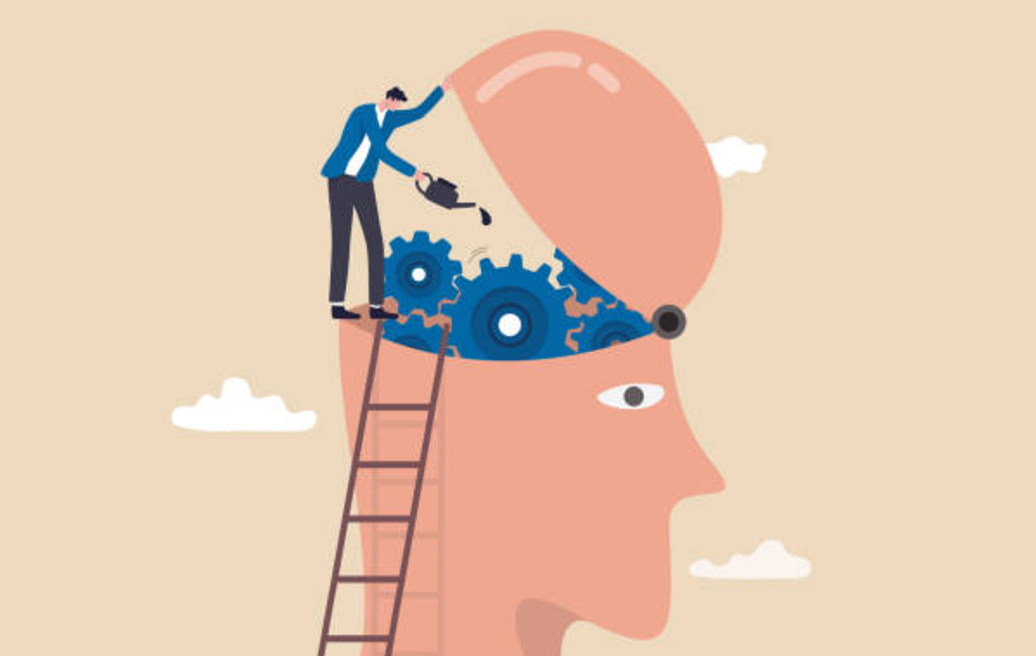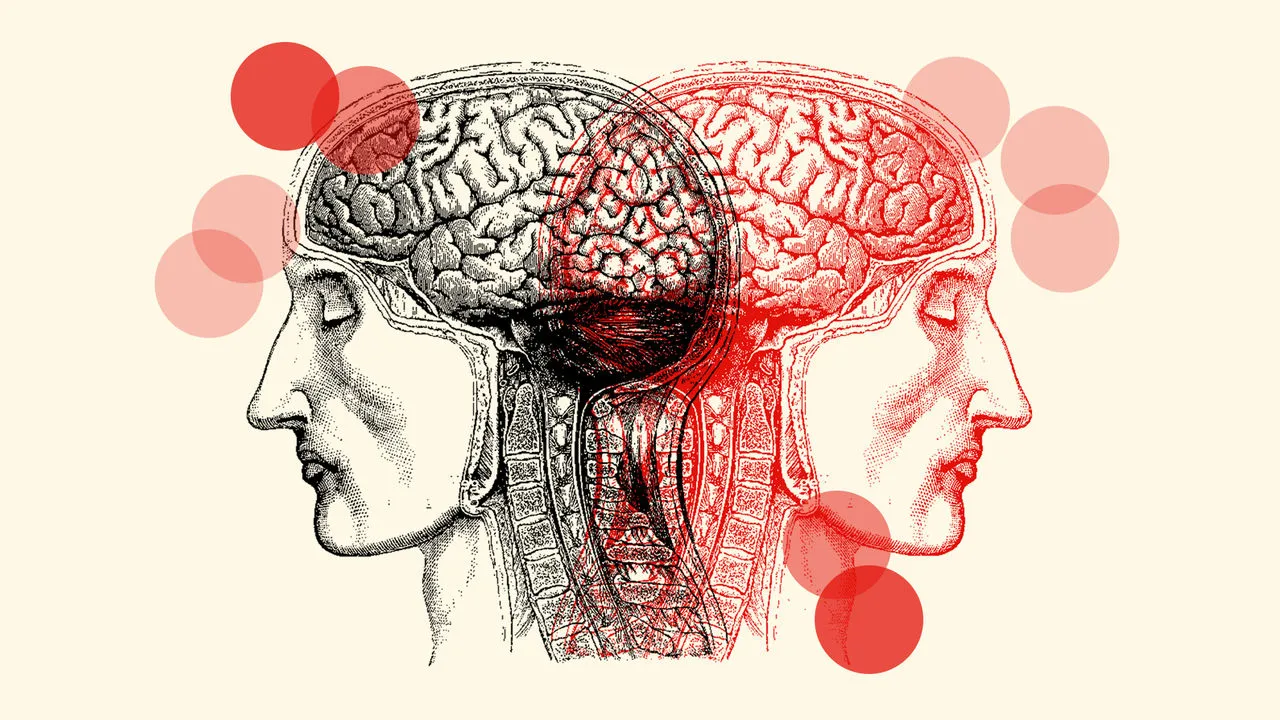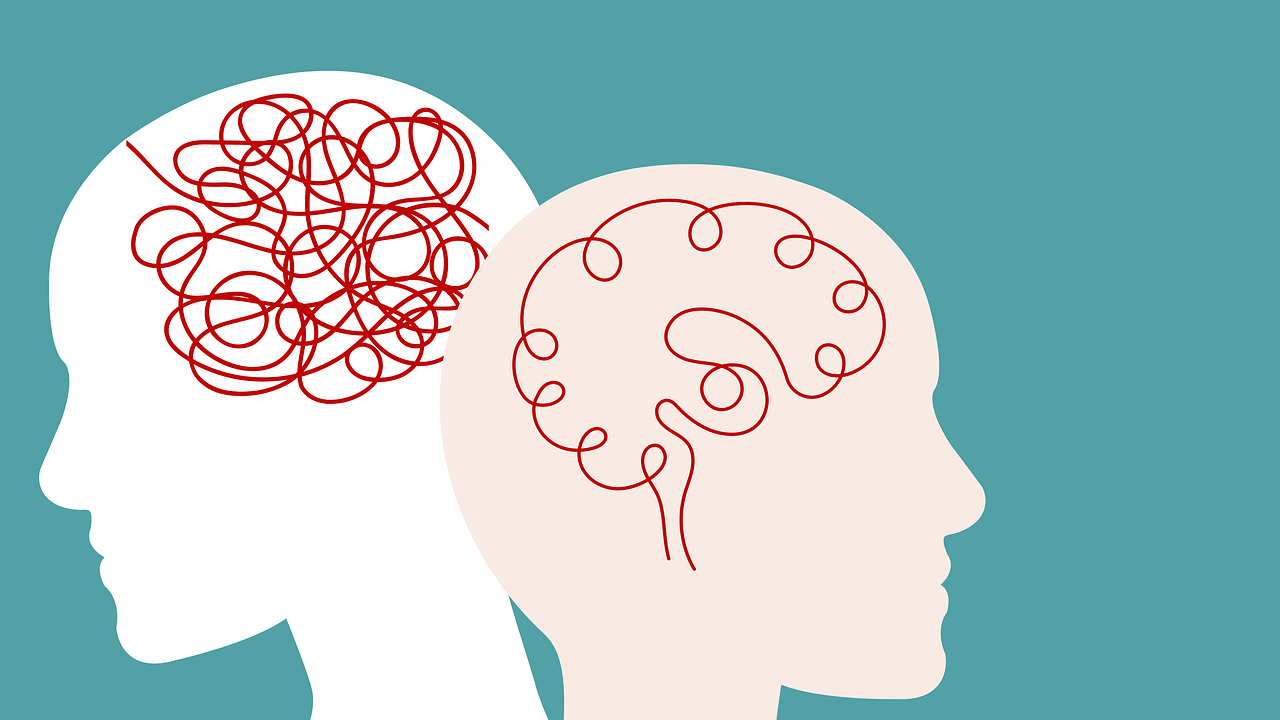By Charalampos Karouzos,
Understanding human behavior has been among the most complex endeavors humanity has ever attempted to analyze. There have been, and will be, countless hours spent by both artists and scientists, aiming to better explain the result of actions and reactions of humankind, by using logical means of thinking. It can even be stated that the result of these demanding mental explorations have been the cultural symbols of our societies, from intriguing novels to groundbreaking manifesti and emblematic pieces of art.
The will and urge to understand the human soul has been a phenomenon that transcends the axis of time, originally seen in ancient civilization’s art and philosophy, to modern day social experiments and the current state of the interconnected world. Especially, when the focus has shifted towards more challenging topics, such as distinguishing between what is simply a unique personality trait and what constitutes a personality disorder, the water gets rapidly blurry and pivotal questions are brought to the surface. While everyone has several unique traits and characteristics that make them who they are, some behaviors can indicate deeper, more troubling patterns that, although may be part of one’s personality, they can interfere with social functioning. So, where do we draw that line? How can we strike the balance distinguishing between personality traits and personality disorders? This question delves into the intricate world of psychology and psychiatry, exploring the nature of personality disorders, and the cultural contexts that shape our understanding of these conditions.
Primarily, personality disorders, as considered by the world of psychiatry, are a group of mental health conditions characterized by long-lasting, rigid patterns of thought and behavior that deviate significantly from the expectations of an individual’s culture. These patterns can cause severe distress and impair a person’s ability to function in various aspects of life, such as work, relationships and social situations. According to the DSM5 criteria, the major clinical criteria used in contemporary psychiatry, ten primary diseases are to be found, subdivided into the three categories-clusters.
• Cluster A is composed of disorders with the main characteristics of patients’ behavior being odd or eccentric, while the patients often appear as peculiar or detached, and includes Paranoid Personality Disorder, Schizoid Personality Disorder and Schizotypal Personality Disorder.
• Cluster B, on the other hand, includes disorders that involve emotions and their expression, with behaviors being intense, unstable, impulsive and often erratic-troublesome. The class encompasses Antisocial Personality Disorder, Borderline Personality Disorder, Histrionic Personality Disorder and Narcissistic Personality Disorder.
• Finally, Cluster C is a class, in which anxiety and fear are the predominant characteristics seen among patients, including Avoidant Personality Disorder, Dependent Personality Disorder and Obsessive-Compulsive Personality Disorder.

The detailed explanation of the characteristics of these diseases far exceeds the aim of this article, however, the classification assists in highlighting the fact that, although mental health diseases are not, and practically cannot, be strictly classified by objective health markers or dichotomous clinical criteria, they are well documented, so as to assist healthcare providers. However, unlike physical illnesses’ “rigid” diagnosis, mental health conditions exist on a spectrum, meaning that the line between a personality trait and a personality disorder is not always clear-cut. For example, everyone experiences moments of anxiety, but for someone with Avoidant Personality Disorder, anxiety is pervasive and debilitating, affecting nearly all aspects of their life, and thus, interventions are needed. The primary idea behind the spectrum approach is that traits such as moodiness, perfectionism, or impulsiveness can be present to varying degrees in all of us, however, only when these traits become extreme and start to disrupt daily functioning and relationships, they might be indicative of a personality disorder. This nuanced understanding helps in avoiding the over-pathologizing of normal behavior, while ensuring that those who need help receive it.
As it can be easily understood, determining when a personality trait crosses this “artificial-imaginary” line into the field of a personality disorder is a challenging task. This difficulty is compounded by the fact that societal and cultural expectations play a significant role in shaping our understanding of what is considered “normal” behavior. Cultural norms greatly influence how certain behaviors are perceived and can vary greatly among social circles and different societies. For instance, consider the cultural differences between an individualist society, such as the United States, and a collectivist society, like Japan. In the U.S., assertiveness and self-reliance are highly valued, and someone who exhibits these traits may be seen as confident and independent. However, the same traits might be perceived as aggressive or self-centered in Japan, where harmony and group cohesion are more highly prized. Thus, a psychologist from the U.S. might diagnose fewer cases of dependent personality disorder compared to a psychologist from Japan, where reliance on group approval is more common. An example of this cultural impact can be seen in the diagnosis of Histrionic Personality Disorder; in cultures where expressive and dramatic behavior is the norm, such as certain Latin American societies, behaviors that might be considered histrionic in more reserved cultures could be seen as normal and even desirable.

Given the influence of cultural context, it’s crucial for mental health professionals to be culturally competent and aware when assessing personality disorders, especially when the professional is working in a multicultural environment; they must be able to understand one’s cultural background, to avoid misdiagnosis and provide appropriate care. Cultural sensitivity is essential, because a lack of it can lead to misunderstanding and mistreatment, further alienating individuals from seeking help.
In order to build a support network, where individuals struggling with personality disorders and other mental diseases can have access to the care they need, it is imperative to increase awareness and understanding of these conditions. Education and public awareness campaigns can help demystify mental health and specifically personality disorders and reduce the stigma surrounding them. Promoting a more nuanced view of mental health is an effective way to create a more compassionate and supportive environment for those in need.
To conclude, drawing the line between personality traits and personality disorders is not an easy task and a spectrum approach is needed, as the diagnosis takes into consideration the individual’s cultural and societal context. Recognizing the complexities involved and striving for greater cultural awareness and sensitivity is the optimal way by which, we can better assist those in need. It’s time to shine more light on personality disorders and mental health and reduce stigma, thus fostering a more inclusive and understanding society.
References
- Mental disorders. World Health Organization. Available here
- About DSM-5-TR. American Psychiatric Association. Available here




